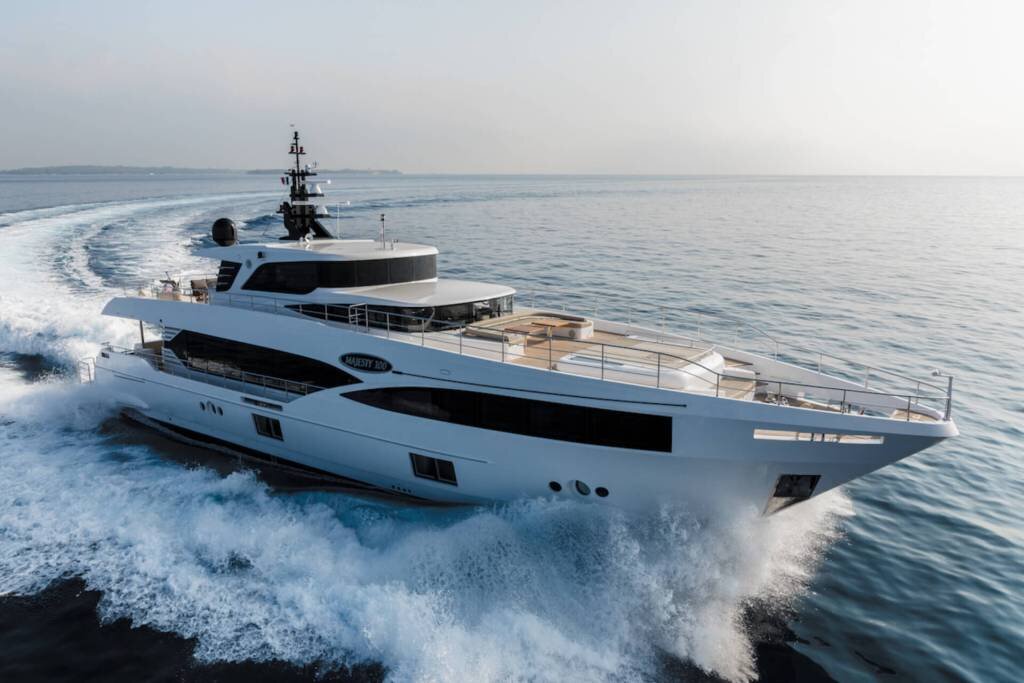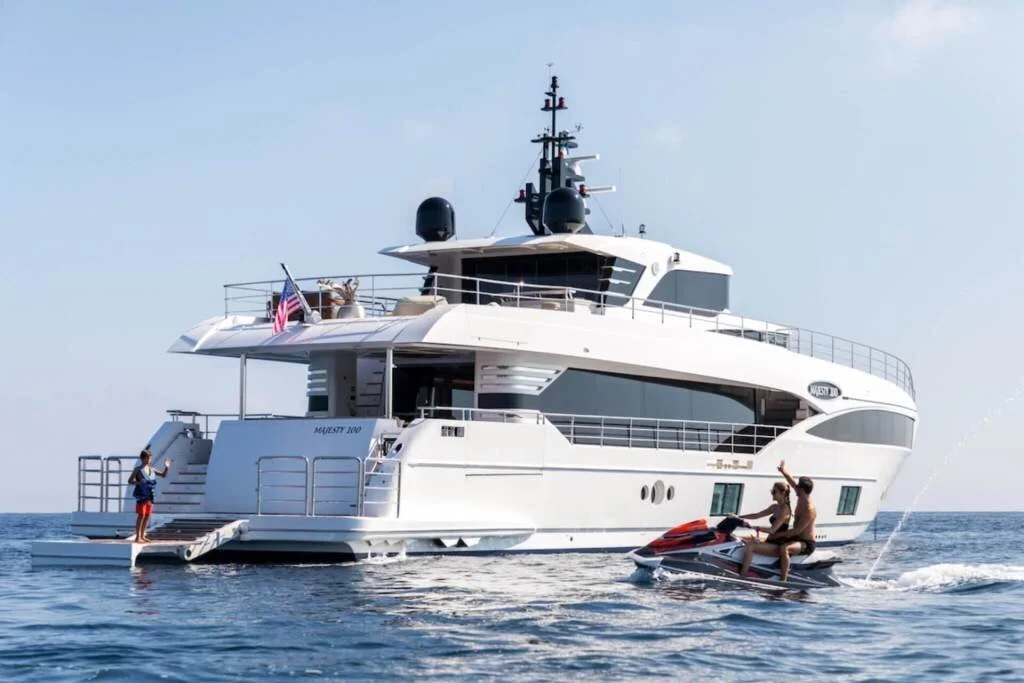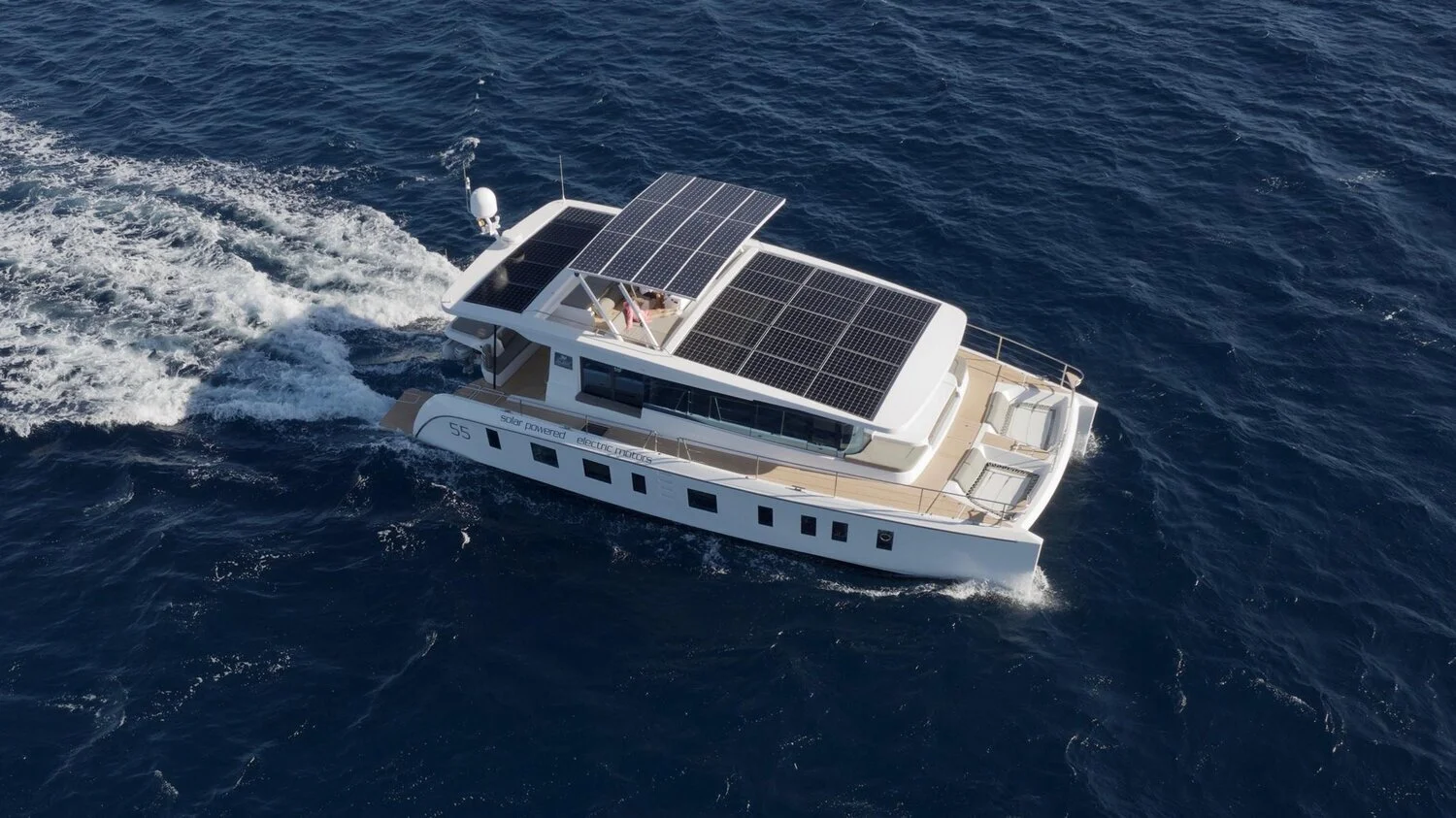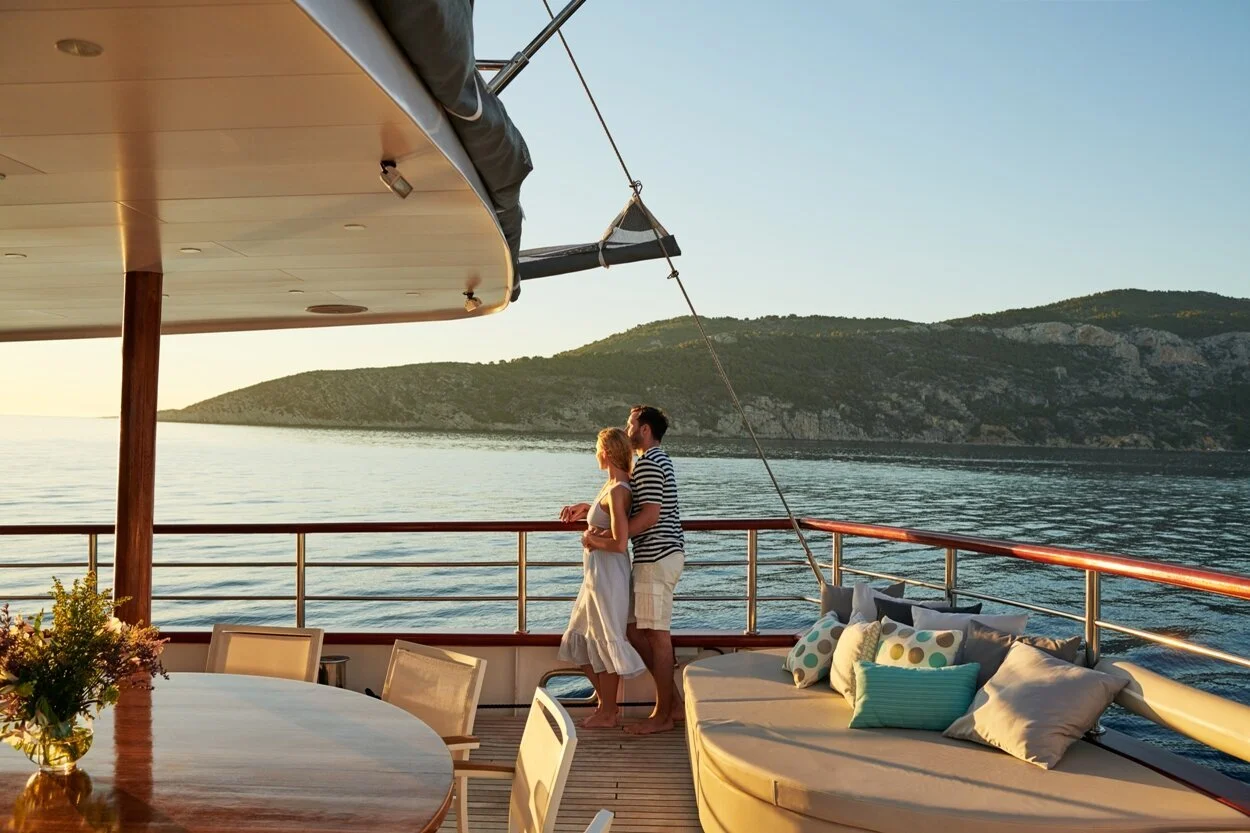An Essential Guide to Les Calanques
If you’d like to make sailing a regular part of your summer holidays, why not consider yacht fractional ownership, a convenient and cost-effective way of getting regular use of a yacht that’s perfectly suited to you and your family? This opens up many otherwise secret places, best accessed by sea.
One such place is Les Calanques, a natural wonder most easily explored by yacht. But why should you go there and what makes it special? To answer, here is our guide to Les Calanques, a spectacular national park in France.
A guide to Les Calanques, a natural wonder of Provence
Les Calanques are a series of dazzling limestone cliffs that rise vertically from the azure blue Mediterranean sea. The name Calanque comes from the Corsican word, calanca, meaning rocky inlet, and they were created some 12,000 years ago when post-ice-age warming caused the sea to rise and flood the valleys. Sailing in Les Calanques is by far the best way to appreciate their scale and drama.
Hiking and beaches
On land, the best way to explore is by hiking, and there are many clearly-marked trails that offer spectacular views. Alternatively, you could join a guided tour by electric mountain bike.
A favourite trail in any guide to Les Calanques is the Calanques de Cassis trail, starting at Port Miou and venturing around the coast to the beach at Port Pin, which has a spectacular bay. Continue up a steep track to the lookout point over Calanque d’En Vau, the most stunning of all the beaches, with its fine white sand and emerald waters tucked in between two towering cliffs.
The Calanque de Sugiton beach has a beautiful small bay and craggy coastline, and is popular for snorkelling among its tiny islands. The family-friendly beach at Calanque de Sormiou is wide and sandy, perfect for water sports, with two small coves tucked away past the port.
Underwater adventures
Sailing in the Calanques offers the chance to swim in crystal clear waters and enjoy activities such as kayaking or paddleboarding. There’s also much to see for snorkellers and divers, including spiny sea urchins winding their way through grassy Posidonia meadows. Further out, bottlenose dolphins, fin whales and loggerhead turtles inhabit these pristine waters.
Amazing biodiversity
An important part of our guide to Les Calanques is their rich biodiversity, with these cliffs playing host to rare and fragile species, such as the Gouffé grass, that exist nowhere else in the world. These limestone rocks conceal around 1,600 different plant species, of which 32 are protected. Look out for Mediterranean oak, Aleppo pine and wild olive trees, as well as an array of herbs and the very rare Provencal sandwort.
Rare bird and animal species
The Calanques are also nesting sites to several protected bird species, such as Bonelli’s Eagle, the Peregrine Falcon and the Great Horned Owl. Other animals such as rabbits, foxes and wild boar can be spotted there, as well as reptiles including the Montpellier snake and the ocellated lizard, Europe’s largest.
When to go?
Les Calanques are beautiful at any time of the year, but the best time to visit is in May and June, before the extreme heat of summer, when some close due to fire risk.
If you enjoyed this guide to Les Calanques, please get in touch with SmartYacht to learn more or book your escape.






















